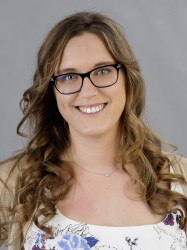BibTex format
@article{Duran:2021:10.1021/acsbiomaterials.1c00159,
author = {Duran, Mota JA and Quintanas, Yani J and Almquist, B and Borros, S and Oliva, Jorge N},
doi = {10.1021/acsbiomaterials.1c00159},
journal = {ACS Biomaterials Science and Engineering},
pages = {4347--4361},
title = {Polyplex-loaded hydrogels for local gene delivery to human dermal fibroblasts},
url = {http://dx.doi.org/10.1021/acsbiomaterials.1c00159},
volume = {7},
year = {2021}
}

